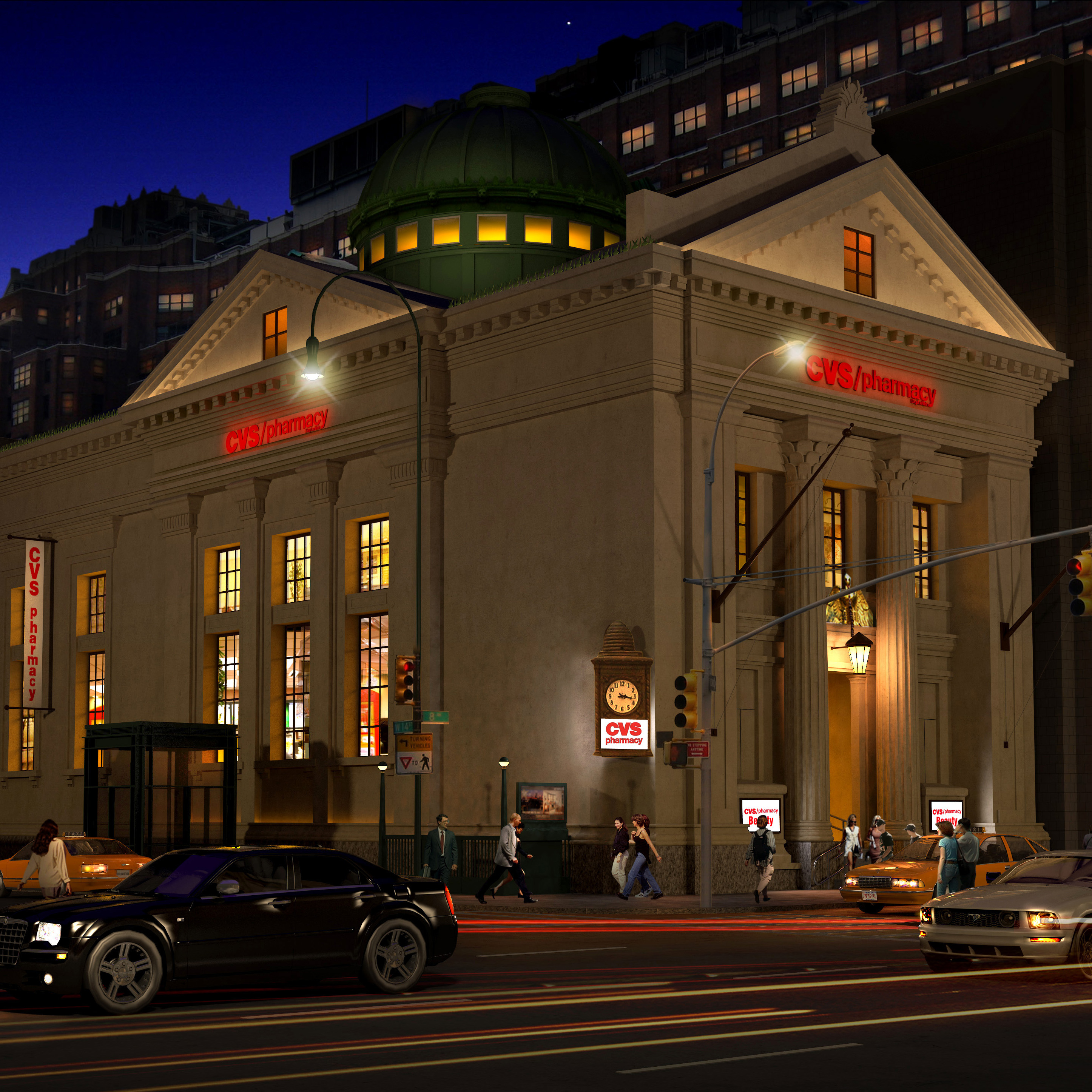The round fountain glows bright blue at night. It’s the hub of a wheel of ochre buildings with a distinct Mediterranean style. Nearby is a commissary, a game room, the DreamWorks store, a Starbucks, and an outdoor barbecue. When DreamWorks employees leave their offices to gather around the fountain, it comes alive.
“When you go out to lunch, it’s a like a huge park,” says Darren Osti, vice president of real estate, facilities, and shared services. “People collaborate, play ping-pong, sit outside, and work with each other.”


When Osti came to DreamWorks in 2008, he observed an energy in the employees that was obvious in their work, but that energy didn’t flow through their buildings or power their collaborative teams. He wanted to find a way to harness their passion for filmmaking in their physical environment.
Osti didn’t go into his position at DreamWorks blind, either; he’d spent more than 10 years in the industry when the company’s cofounder and CEO, Jeffrey Katzenberg, asked him to join. Among other jobs, he had served as the vice president of corporate real estate and business operations at IAC/InterActiveCorp—where he had oversight over two Frank Gehry-designed corporate headquarters in New York and West Hollywood—as the director at Franklin Templeton, and as the corporate real estate portfolio manager at Charles Dunn Company. For his first job after college, Osti worked in a bank, evaluating properties and finding creative ways to use and dispose of those in underperforming areas.
“How can I replan this thing?” he would often ask himself when starting a new project. It was a simple enough question, but it became the theme of his career and the exact kind of thinking that DreamWorks needed.

When Osti began looking at the company’s campuses, DreamWorks employed just 1,500 people and operated out of two studios, leasing extra space when necessary to complete its films on time. DreamWorks’ leaders hoped Osti could find ways to help the company deliver on its goal to expand its capabilities in order to finish more than one to two 2-D movies per year. But, to shift to 3-D and produce several films in the format annually, Dreamworks needed different tools and more space.
Over time, Osti was able to find that space by, first, adding a new 230,000-square-foot building to the company’s Glendale, California, campus headquarters. He followed this up with a 200,000-square-foot lease and renovation in Redwood City, California. In total, he eventually oversaw the construction of four new studios, and they have given DreamWorks enough room to double its number of employees.
Most recently, the company built a studio in Shanghai, China, the end goal being to create movies targeted at Chinese audiences using storytelling and animation methods popular in the country. The location is huge, but it’s still dominated by open spaces and open-office floor plans, just like each of Dreamworks’ other campuses. “This is like that—on steroids.” Osti says with a laugh.




